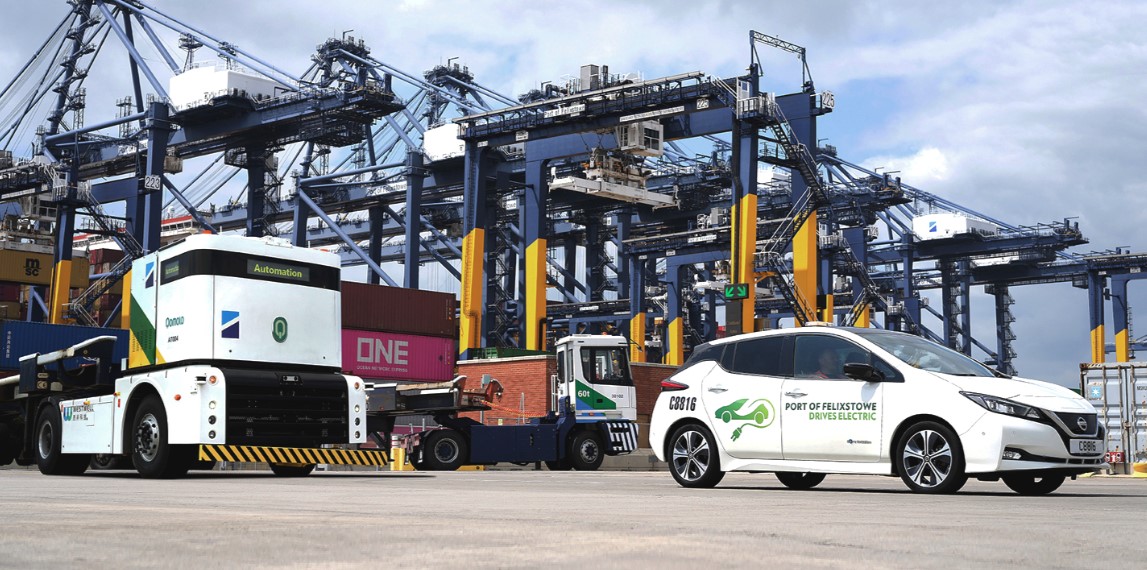Hutchison Ports targets net zero scope 1 and 2 emissions by 2035 …

Hutchison Ports has set a target to hit net zero scope 1 and 2 emissions by 2035 for three of its UK ports: Port of Felixstowe, Harwich International and London Thamesport.
The ports group, which already has a 2050 global net zero emissions target, will implement a range of low carbon technologies in a bid to reach its 2035 target.
For instance, the Port of Felixstowe is set to expand its electrical capacity to electrify a range of transportation solutions. This has seen the port commission two new 11kV high-voltage substations which will primarily service its conventional electric tractor fleet.
Once complete, each substation will enable 20 vehicles to be charged at any one time at the port’s Trinity Terminal.
The port also declared it will receive its next batch of 22 electric-tractors in July 2023 with a further 24 vehicles arriving in November 2023.
Hutchison Ports stated that the Port of Felixstowe has also introduced its first battery-powered autonomous trucks which will come with the latest battery swapping facilities. In total, the port has plans to acquire 150 electric-tractors over the next two years.
“Hutchison Ports has set both near-term and net zero targets in line with the Science Based Targets initiative’s net-zero standard. We operate in many markets throughout the world and have set ambitious emissions reduction targets in every region,” said Clemence Cheng, executive director of Hutchison Ports and managing director of Hutchison Ports Europe.
“Our journey has already begun. We are investing in new and more sustainable equipment and the UK will be amongst the first of our business units to reach the target. Historically there was no option but to use fossil fuels to power the majority of port equipment. We have made significant progress at the Port of Felixstowe converting our yard cranes to electricity and now have 50 electric cranes with another 17 on order for delivery this year.
“All new equipment across our three UK ports will be sustainable and we have a programme to replace our entire vehicle fleet with battery-powered or alternative fuel options by 2033.”
In mid-January 2023, the UK Government announced two new green freeports[1] were to receive £52 million in capital, as reported by Current±. These were in Inverness and Cromarty Firth and Firth of Forth.
Green Freeports have been classified as areas which incorporate a range of technologies in a bid to boost innovation and inclusive growth within communities contributing to the creation of green jobs. Fundamentally, these also support economic transformation.
Following a joint assessment process, both the Forth Green Freeport and the Inverness and Cromarty Firth Green Freeport projects had each received a grant of up to £26 million to be delivered over the coming years. This funding is said to directly address infrastructure gaps currently holding back investment in the regions.
Both Green Freeports are expected to become operational in late 2023.
References
- ^ two new green freeports (www.current-news.co.uk)